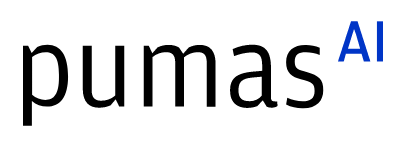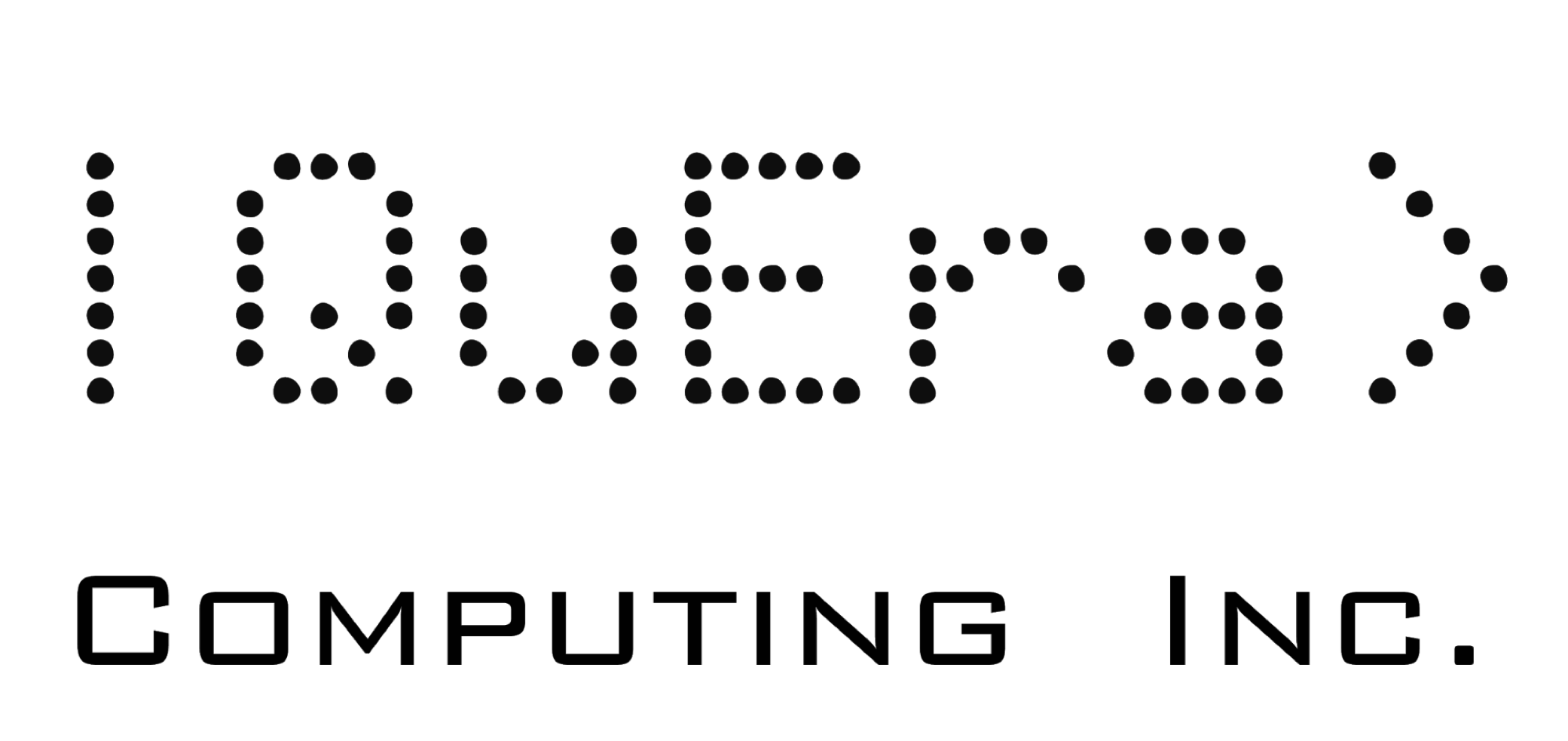Data Analysis and Visualization with AlgebraOfGraphics
Abstract:
Based on the Makie library, AlgebraOfGraphics offers visualizations for common analyses (frequency table, 1- or 2-D histogram and kernel density, linear and non-linear regression...), as well as functions to express how the data should be processed, grouped, styled, and visualized. These building blocks can be combined using the * and + operators, thus forming a rich algebra of visualizations. The unified syntax layer simplifies the creation of AlgebraOfGraphics-based UIs for data analysis.
Description:
In this talk, I will give an overview of the Algebra of Graphics approach to data visualizations in Julia.
Algebra of Graphics is an adaptation of the Grammar of Graphics—a declarative language to define visualizations by mapping columns of a dataset to plot attribtues—to the Julia programming language and philosophy, with some important differences.
I will first discuss the key components of AlgebraOfGraphics (data selection, mapping of data to plot attributes, analysis and visualization selection) and show how they can be combined multiplicatively (by merging information) or additively (by drawing distinct visualizations on separate layers).
Then, I will delve into the AlgebraOfGraphics philosophy. The aim of AlgebraOfGraphics is to empower users to produce visualizations that answer questions about their data. This is achieved via reusable building blocks, which the users define based on their knowledge of the data. Rich visualizations can be built by combining these building blocks: I will demonstrate this technique on an example dataset. I will also show how AlgebraOfGraphics attempts to lessen the cognitive burden on the user by providing opinionated graphical defaults as well as wide format support. That way, the user can focus on the question at hand, rather than visual fine-tuning or data wrangling.
As the AlgebraOfGraphics syntax is uniform, it can be used as the backend to a Graphical User Interface for data analysis and visualization. I will show a prototype of such a GUI, based on AlgebraOfGraphics, web technologies, and the web-based backend of Makie.
Platinum sponsors



Gold sponsors


Silver sponsors








Media partners



Community partners


Fiscal Sponsor
